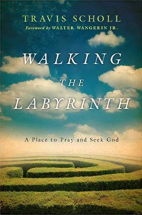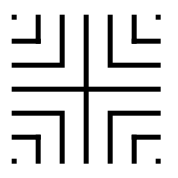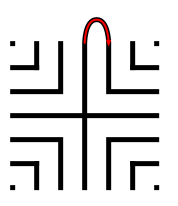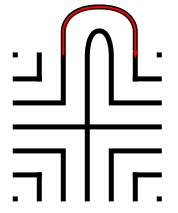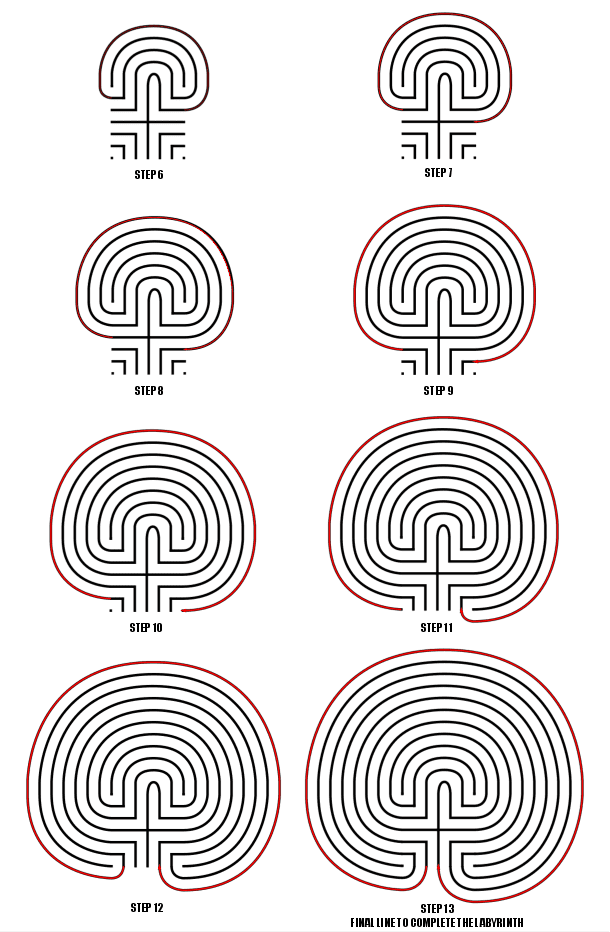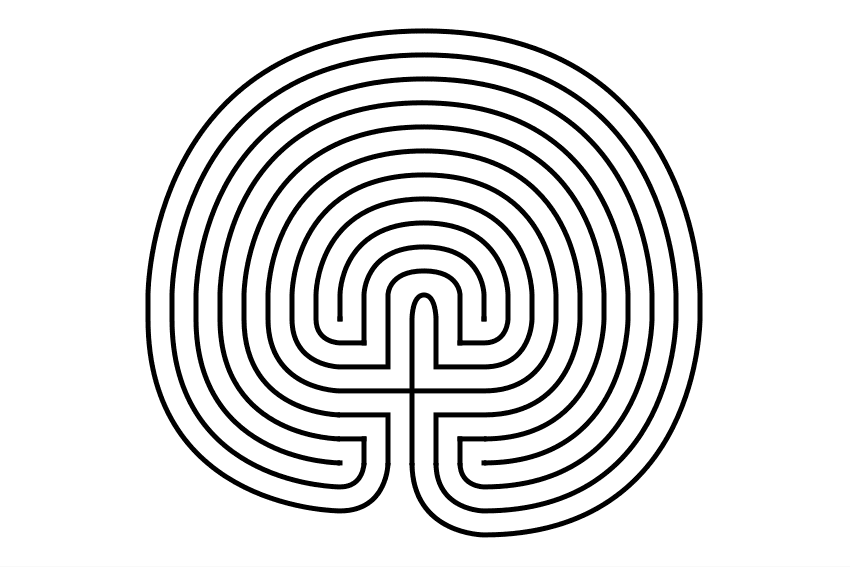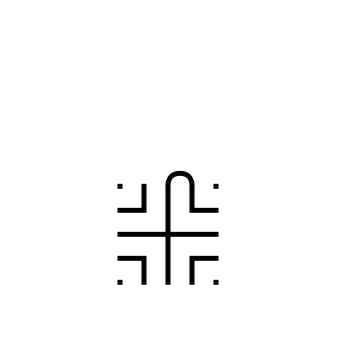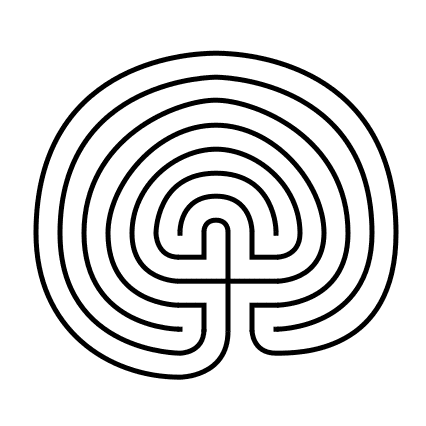Below is a list of websites I have come across that I found helpful as I have researched various maze and labyrinth subjects.
The leading worldwide search tool to find labyrinths near you or to plan a visit while you are on vacation. Includes locations, pictures, and contact information for over 6,000 labyrinths in an easy to search database. I have personally used this to find a nearby labyrinth to walk while I was on vacation.
Non-profit dedicated to the spiritual aspect of walking labyrinths. Founded by Lauren Artress, author of the book Walking a Sacred Path: Rediscovering the Labyrinth as a Spiritual Practice. Has an extensive calendar of events that include a pilgrimage to Chartres in France. Also offers facilitator training for leading spiritual labyrinth walks.
Non-profit dedicated to “to support all those who create, maintain and use labyrinths, and to serve the global community by providing education, networking and opportunities to experience transformation” to quote their mission statement. Includes a wonderful events calendar that includes worldwide walking events.
Exactly what the domain suggests, an online maze generator. You can select between 4 shapes, 4 styles of cells, along with the height and width.
Labyrinth resource specializing in labyrinths in Austria. Wonderful for persons who are German speaking. Has a listing of labyrinth walking events in Europe, typically including Chartres Cathedral in France, as well as events in Austria and Germany.
The historic royal palace website in England with a direct link above to the most famous maze in the world, The Hampton Court maze. Includes vistor information for tickets, and some historical information.
The Chartres Cathedral in France has the most famous church floor labyrinth. This pattern is thought to be the most copied labyrinth pattern. You can find pilgrimages there on many of the sites on this page, or you can plan a trip yourself on their website.
A blog about labyrinths from Erwin Reißmann and Andreas Frei. The cumulative amount of information is impressive and the research is excellent. Has been around since 2008.
Site dedicated to holistic education and mindfulness that focuses on the healing power of labyrinths. They sell a variety of labyrinth themed products like labyrinth blankets, canvas labyrinths and an extensive collection of finger labyrinths.
If you live near Kansas City, Missouri stop by the Prairia Labyrinth. Also explains the use of 7 chakras to spiritually explain the walk of a classical labyrinth.
A gift shop full of labyrinth items including jewelry, scarves, finger labyrinths and books.
A little bit of everything labyrinth wise, with links to labyrinth themed books, music, videos, and a photo gallery.
And from this site:
How to make a Digital Maze (over 40 different types)
classical labyrinth





